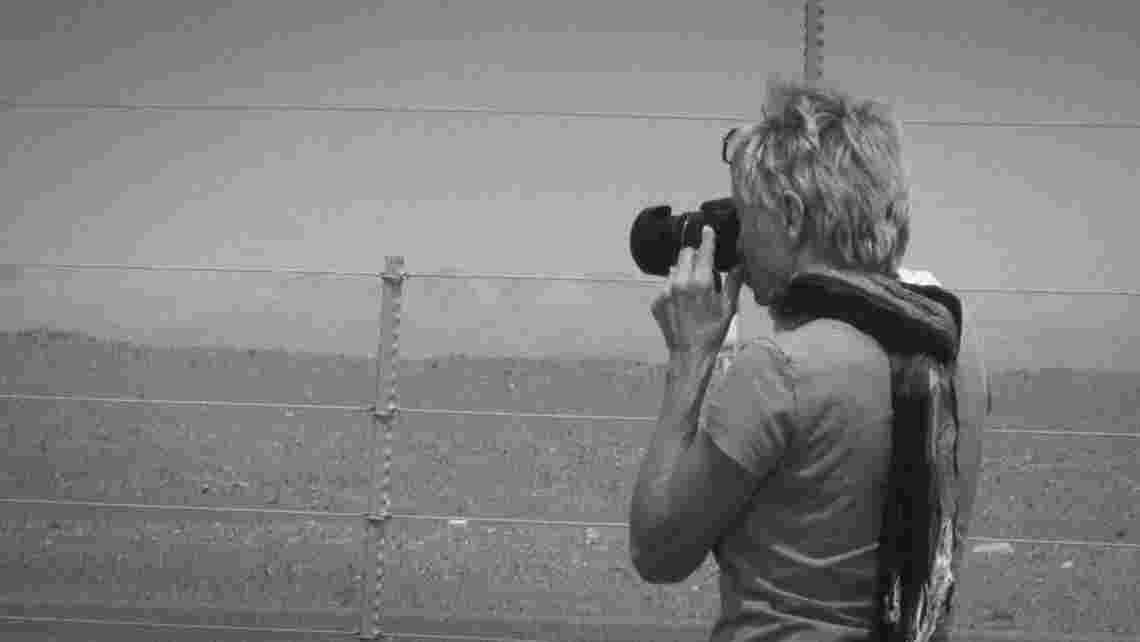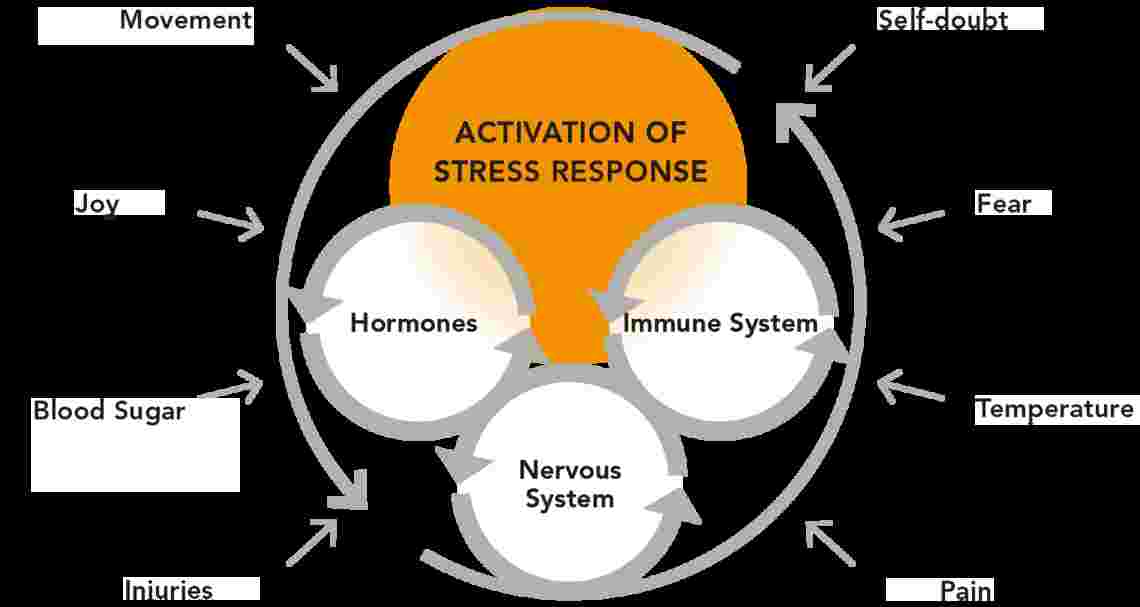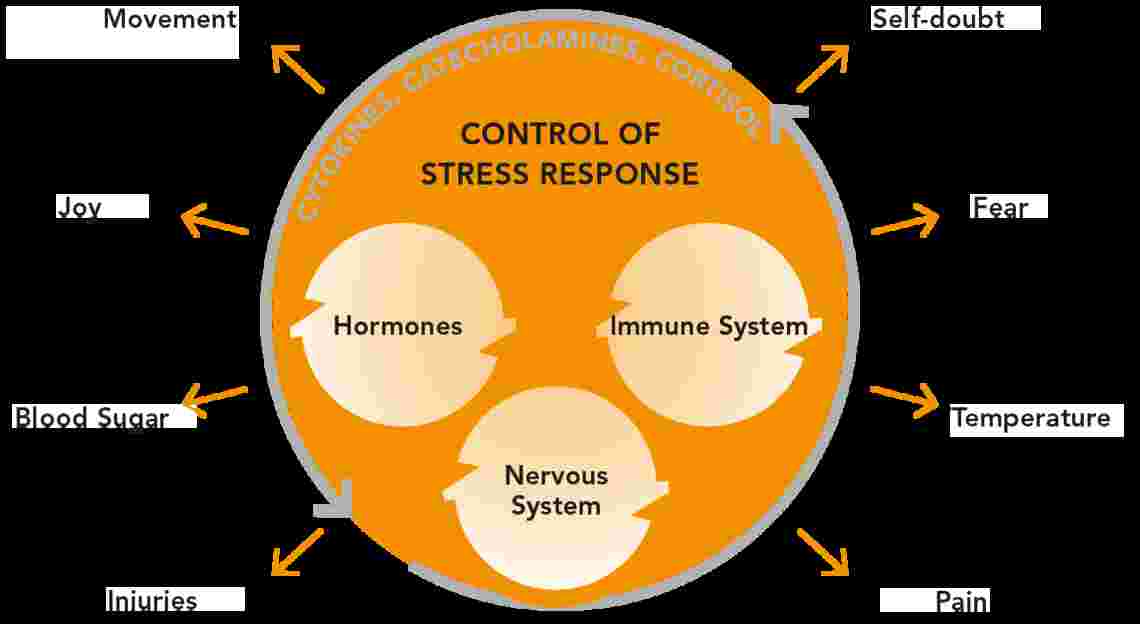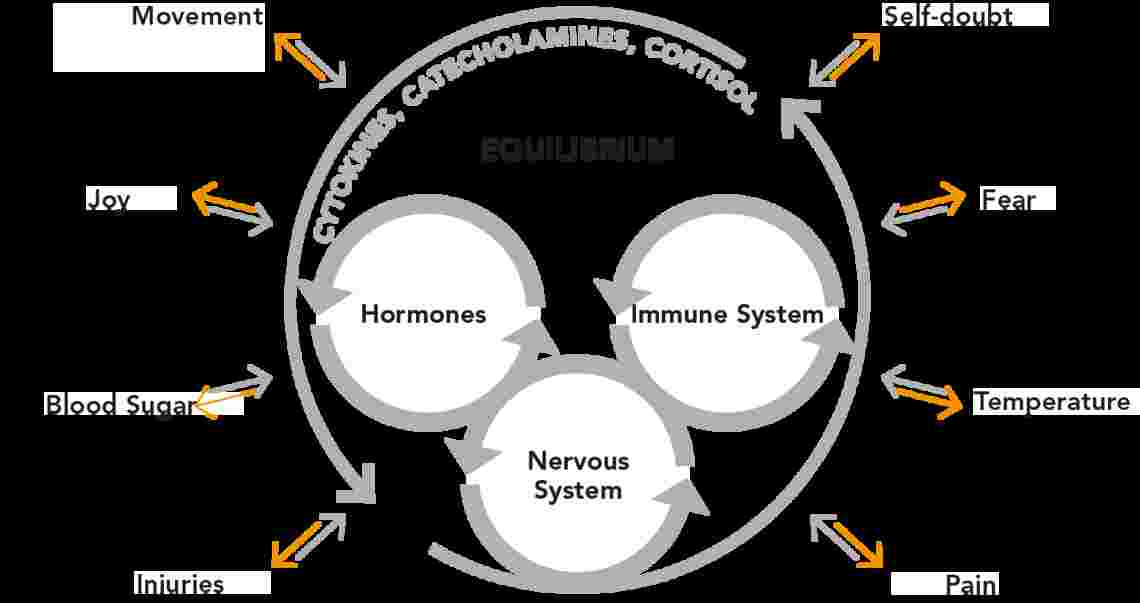The brain regulates, controls and coordinates the basic activities of our body and the stress response process. Special centres within the central nervous system (CNS) fulfil those roles. To some extent they are measuring centres that constantly analyse both target and actual levels.
Once again there are positive and negative feedback loops and a host of different regulatory cycles between these centres ensuring the precise sequence and adjustment of processes at the periphery of the body.
The activities of the immune system are controlled and curbed by the autonomous nervous system. These processes occur in real time. Like the CNS, cortisol control loops contribute to the process of curbing excessive immune reactions. The cortisol system is therefore always highly active during periods of stress.
Because of its immunosuppressive and anti-inflammatory effect, cortisone is also a popular choice of therapy. Many of you will have already experienced the pain-killing effects of cortisone.





